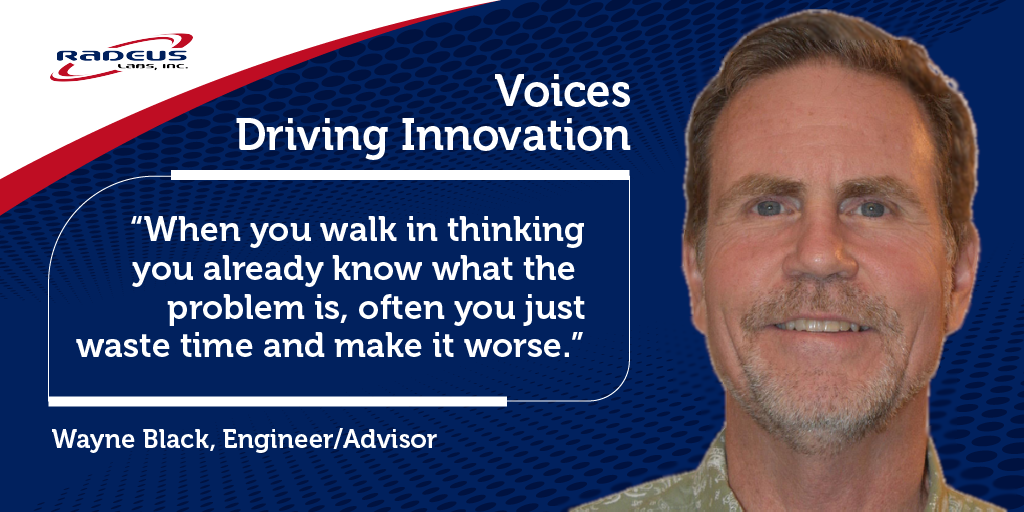For Immediate Release
POWAY, CA — March 9, 2020 — Radeus Labs, Inc., a leading provider of high-performance electronic and computing systems for the defense and SATCOM markets, today announced the closure of its acquisition of the company product line of SSC, formerly Satellite Systems Corporation.
“This acquisition supports the strategic expansion of our product line and further strengthens our ability to deliver comprehensive control system solutions for our business partners and customers,” said Radeus Labs’ CEO, Juliet Correnti.
With this acquisition, Radeus Labs will manufacture and provide support for it’s new SSC™ product line as part of its SATCOM line of business. The new Radeus SSC™ product line consists of Beacon Tracking Receivers (BTR), Frequency Converters, Block Down Converters (BDCs) and Low Noise Block Converters (LNBs).
The SSC™ Beacon Tracking Receiver (now Radeus SSC™ BTR) product line, which has been a mainstay of earth stations worldwide for nearly 40 years, is the first product line that Radeus Labs is placing into production at their facilities in Southern California.
“We are really excited to be able to provide the Radeus SSC™ BTR.” says the CTO of Radeus Labs, Ken Cone. “Available immediately, it is also going to be an effective starting platform for our new monopulse tracking receiver.”
The BTR expands the existing satcom product offerings of the 8200, 2200 and 2300 Antenna Control Systems and also provides the option of an external tracking receiver from Radeus Labs.
Radeus Labs, Inc., with headquarters and manufacturing facilities in Poway, CA, is a leader in the design, manufacturing, and marketing of leading-edge hardware and software systems for the defense and SATCOM markets. Radeus Labs products are thoughtfully designed with a focus on ease of use, high performance, and sustainability. Our products provide above-average product life spans and deliver added value to our customers. Our customer service and support are unrivaled in our industry. For more information about Radeus Labs and our high-performance products, visit us at radeuslabs.com.
For information about this release, please contact:
Sales@RadeusLabs.com
Radeus Labs Inc.
858-391-1210



